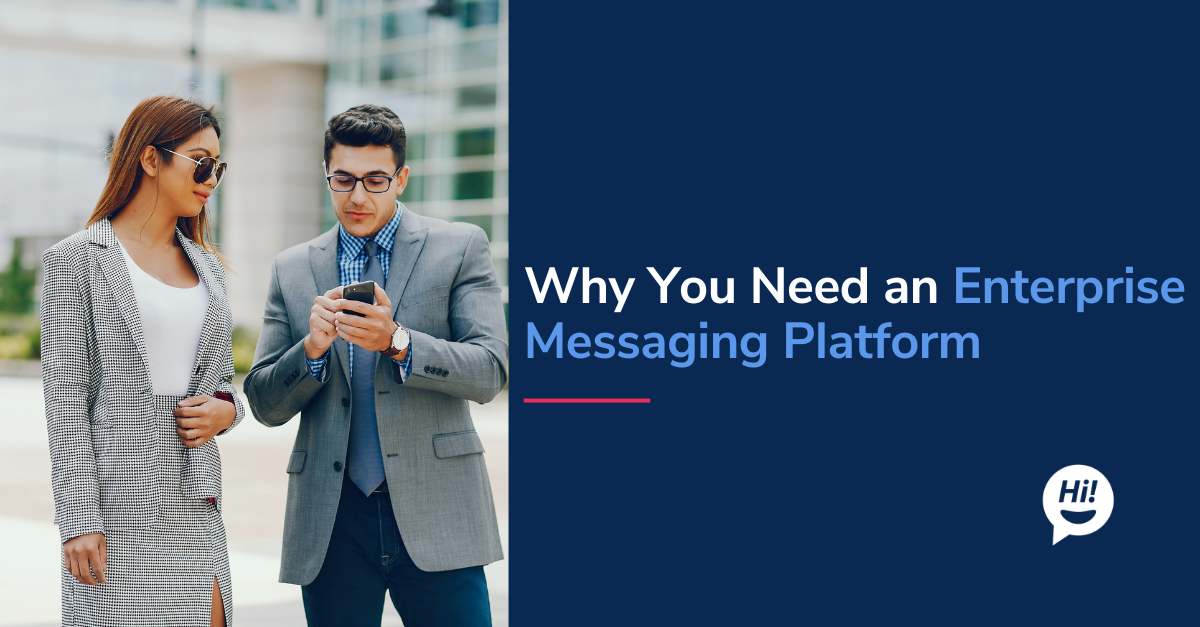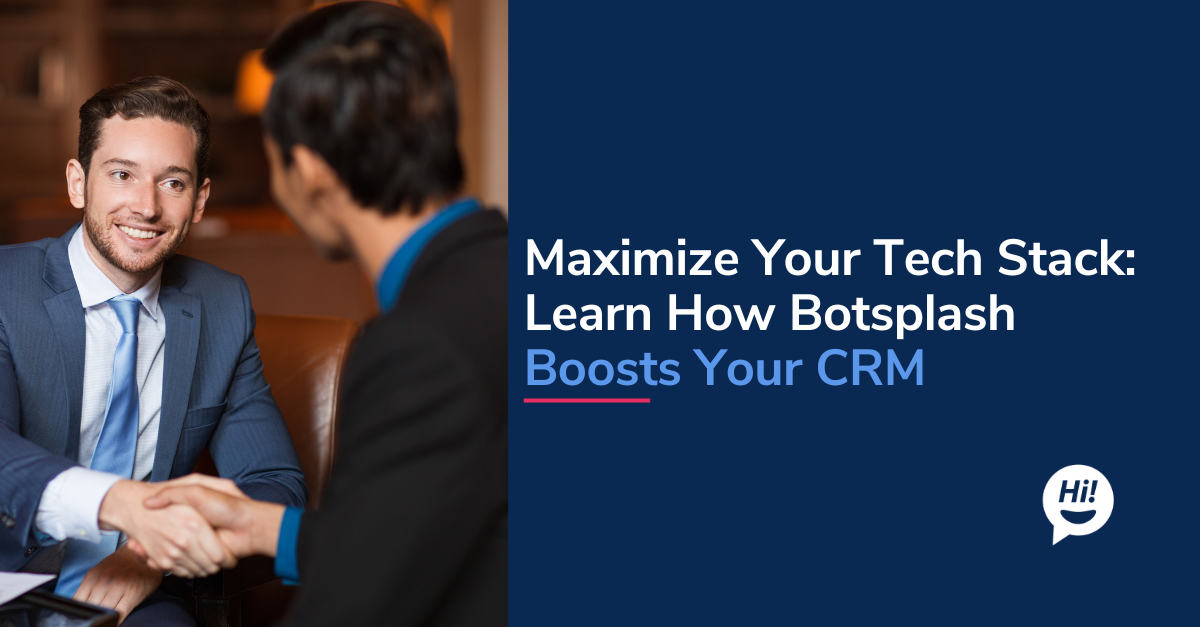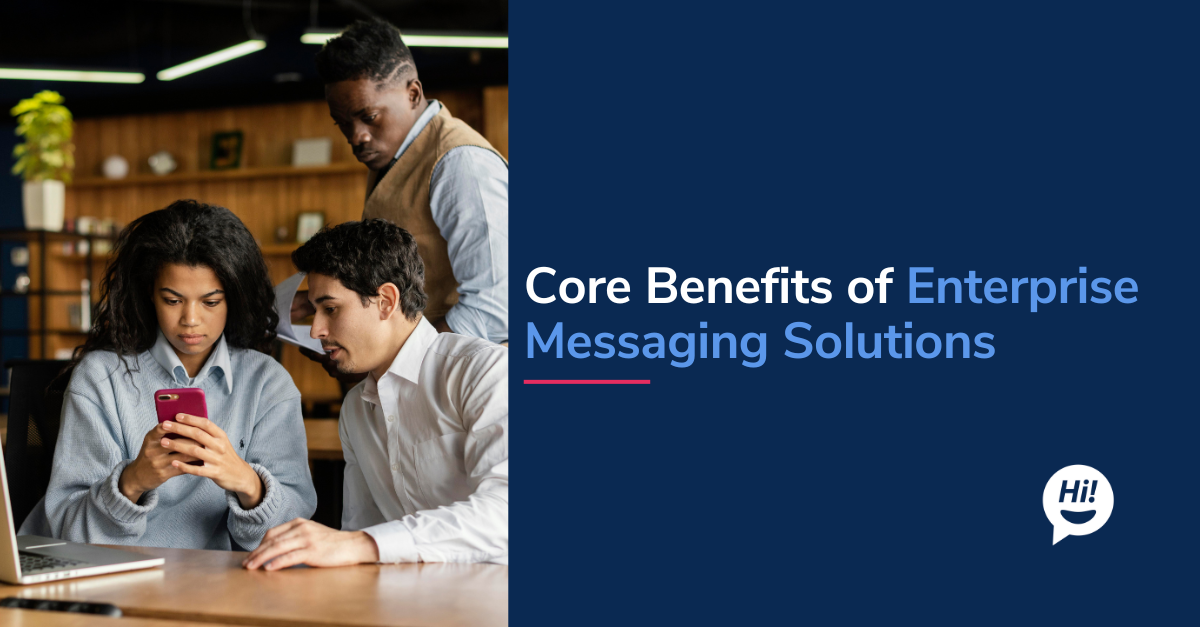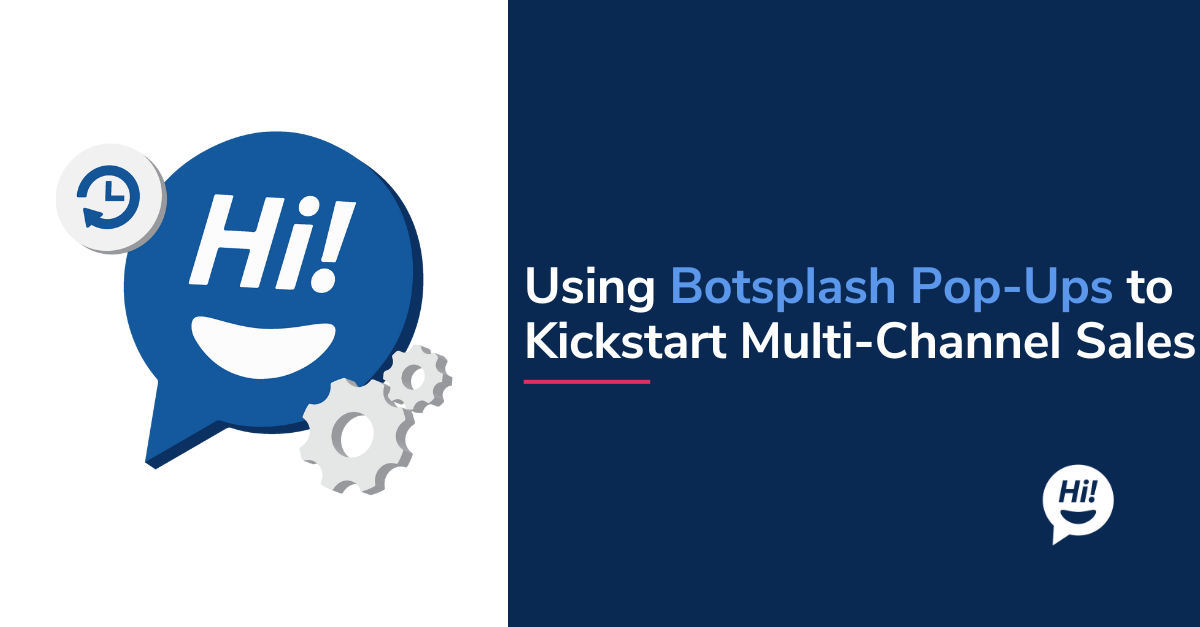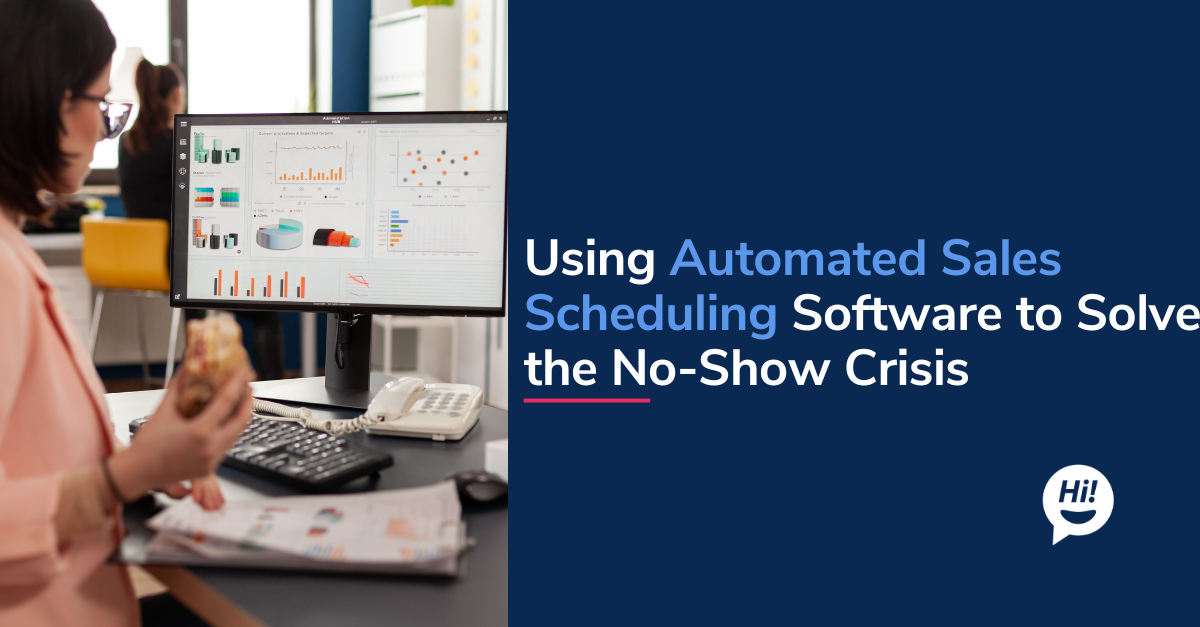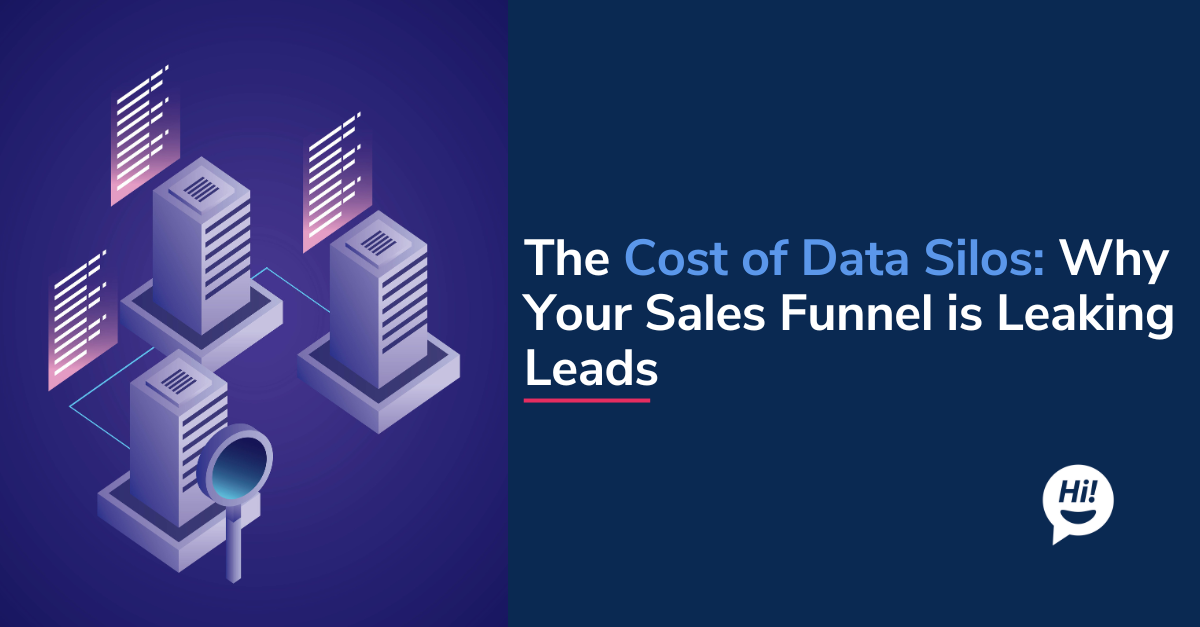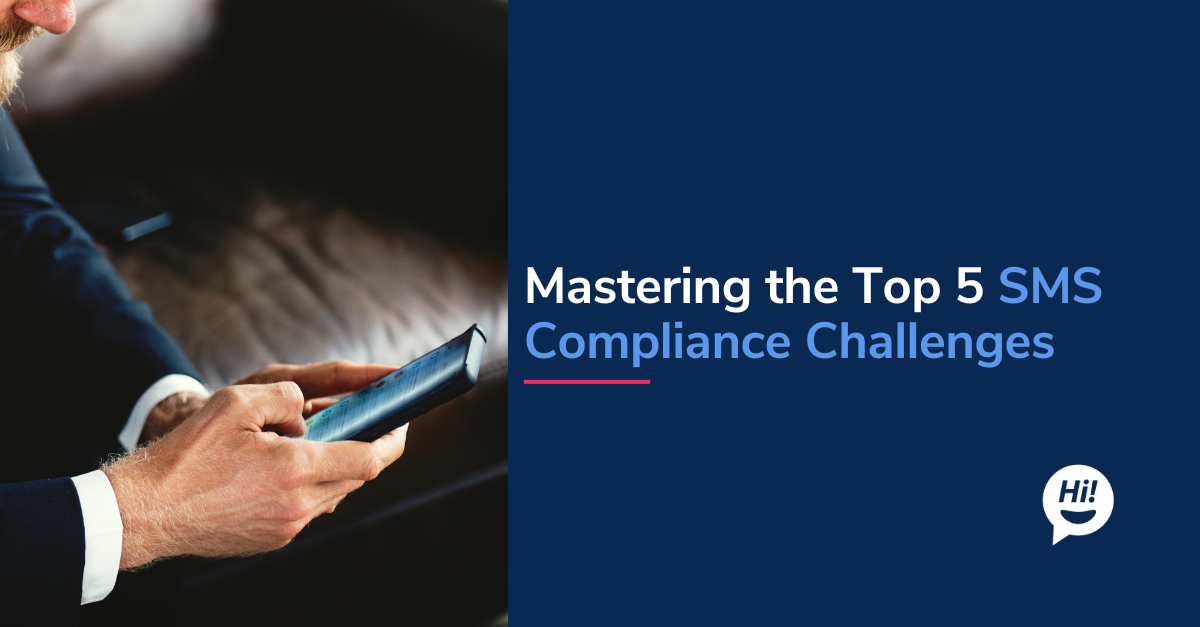Home Equity Lines of Credit (HELOCs) represent a significant opportunity for lenders. They are a popular, flexible option for homeowners, but converting that interest into funded loans can be a complex challenge. Simply offering a good rate is no longer enough. Successful HELOC lending isn't just a transaction; it's about providing a seamless, member-centric experience that guides borrowers with confidence.
This blog will provide a comprehensive blueprint for developing and executing an effective HELOC loan conversion strategy, covering everything from deeply understanding the modern borrower to optimizing every stage of the lending journey for maximum success.
Understanding the Modern HELOC Borrower
A successful HELOC loan conversion strategy begins with deep empathy for the borrower. You can't effectively guide someone through a complex process if you don't first understand their motivations and fears.
Beyond Demographics: HELOC borrowers are not a single group. They might be a family needing funds for a kitchen renovation, a couple consolidating high-interest debt, or a retiree creating a financial safety net. Understanding these different motivations is key to tailoring your message. You also need to consider their varying levels of financial literacy and common misconceptions they might have about variable rates or how a line of credit works.
Their Decision-Making Journey: The path to a HELOC is a journey with several key stages:
- Awareness: The borrower realizes they have a financial need and starts exploring options.
- Consideration: They begin researching HELOCs, comparing rates from different lenders, and trying to understand the pros and cons. This is often where they get confused or frustrated.
- Decision: They choose a lender and begin the application process.
- Post-Funding: After the loan is funded, they begin using the line of credit and manage their repayments. Each of these stages requires a different kind of support and communication from you.
Key Pain Points: Throughout this journey, borrowers face common challenges that can cause them to drop off:
- Confusion: They're often overwhelmed by the complex terminology, different rates, and fine print.
- Paperwork: The thought of gathering extensive documentation can be intimidating and tedious.
- Desire for Speed: They want a fast, efficient process and are impatient with delays.
- Lack of Transparency: They need clear, honest answers and don't want to feel surprised by hidden fees or unexpected terms.
By truly understanding these pain points and motivations, you can build a HELOC loan conversion strategy that is designed to be helpful and reassuring at every step, turning a potentially frustrating process into a positive and trusting experience.
Pre-Application Strategy: Attracting & Engaging Qualified Leads
A successful HELOC loan conversion strategy doesn't start with the application; it begins with attracting and engaging the right people long before they're ready to apply. This is all about building trust and positioning your institution as a helpful, expert resource.
Targeted Marketing & Content
- Educate, Don't Just Sell: Create valuable content that answers the questions borrowers have during the "consideration" phase. This could be a blog post titled "HELOC vs. Home Equity Loan: Which is Right for You?" or a short video explaining how variable rates work. The goal is to educate and inform, not just push a product.
- SEO & Local Optimization: Make sure this content is easy for people to find. Optimize your website and local listings so that when someone searches for "HELOC rates near me" or "home equity loan calculator," your institution is a top result.
- Targeted Ads: Use data to reach homeowners with significant equity who fit your ideal borrower profile.
Early Engagement & Qualification
- Interactive Tools: Provide simple, user-friendly tools on your website. An online calculator that estimates a borrower's potential equity or an eligibility quiz that gives them a quick, no-commitment answer can be beneficial. These tools build trust and get them engaged.
- Initial Inquiry Channels: Make it easy for them to ask a question without having to fill out a complete application. Offer simple options like a mortgage chat widget on your HELOC page or a quick form that asks for their name and a question.
- Pre-qualification Processes: Create a simple, low-friction pre-qualification form. This allows borrowers to get an initial idea of their eligibility, which reduces the intimidation factor of a complete application and gives you a qualified lead to nurture.
Building Trust & Authority
- Showcase Expertise: Use your content to demonstrate that you are a knowledgeable and trustworthy expert in the lending space.
- Leverage Testimonials: Feature stories from real members who had a positive experience with their HELOC. This social proof builds credibility.
- Offer Transparency: Be upfront and transparent about your rates, fees, and the overall process. Honesty builds trust.
By focusing on these pre-application strategies, you can attract a steady stream of qualified leads and build a relationship with them, setting the stage for a successful HELOC loan conversion strategy.
Strategies to Optimize the Conversion Funnel
Once you've successfully engaged a potential borrower, the application process is the most critical stage of your HELOC loan conversion strategy. A single point of friction here can cause a borrower to abandon their application. The goal is to make the process as simple, fast, and supportive as possible.
Streamlined Digital Application Experience
- Mobile-First Design: With most people using their smartphones, it's non-negotiable that your entire application process is seamless and easy to complete on a mobile device.
- Auto-Fill & Pre-population: If the borrower is an existing member, pre-populate as much information as possible from your records. This dramatically reduces manual entry and saves them time.
- Progress Indicators: Use a progress bar or step-by-step indicators to show borrowers their progress in the application. This helps them manage their expectations and reduces the feeling of a long, endless process.
- Save & Resume Functionality: Allow applicants to save their progress and come back to the application later without losing their information. Life happens, and this feature is a key factor in reducing abandonment rates.
Real-Time, Contextual Support
- Instant FAQ Answers: Deploy AI-powered chatbots on your application pages that can provide immediate answers to common questions like "What documents do I need for this section?" or "What does this term mean?"
- Live Chat/Texting Support: For more complex questions, provide an easy way for them to access a human loan officer via live chat or a quick text message.
- Intelligent Handoffs: Ensure that if a borrower starts with an AI chatbot and needs to speak to a human, the human agent receives a full transcript of the conversation to avoid repetition. This makes the experience feel seamless and personal.
Proactive Nurturing & Reminders
- Automated Reminders: If a borrower starts an application but doesn't finish, send a gentle, automated reminder via email or text. Remind them that their progress is saved and that you're there to help them complete it.
- Personalized Messages: Use these nudges as a chance to offer assistance. A message like, "We noticed you stopped at the 'documents' section. Can we help clarify anything?" is a great way to re-engage them.
Secure & Transparent Document Collection
- Please provide a transparent and secure portal for borrowers to upload their documents. Please give them a checklist of what's needed.
- Use automated alerts to let them know when a document is missing or if there's a problem with a file they've submitted.
- Throughout this process, maintain complete transparency about how their information is being handled, building trust and confidence in your institution.
By focusing on these strategies, you can remove the typical barriers to application completion and significantly improve your HELOC loan conversion strategy.
Post-Application & Beyond: Cultivating Long-Term Loyalty
A successful HELOC loan conversion strategy doesn't end when the application is submitted. The period after submission, particularly after funding, is a critical time to build a long-term relationship, turning a borrower into a loyal member.
Timely Communication Post-Submission
- Automated Confirmation: Send an instant confirmation via email or text letting the borrower know you've received their application.
- Clear Communication: Set clear expectations about the next steps and the expected timeline for review.
- Proactive Status Updates: If there's a delay or an update, proactively send a message to the borrower. This transparency is crucial for building trust and reducing anxiety.
Seamless Funding Process
- Clear Instructions: Once the loan is approved, provide clear, easy-to-understand instructions on how they can access their funds, what the initial draw process is like, and how repayments will work.
- Support for Initial Draws: Offer a simple way for them to ask questions about their first draw, ensuring they feel confident and supported.
Post-Funding Engagement & Cross-Selling
- Automated Check-ins: A few weeks after the loan is funded, send an automated message to check in on their satisfaction and see if they have any questions. This shows you care beyond the transaction.
- Educational Content: Provide content on how to manage their HELOC responsibly, how to track their payments, or tips for home improvement projects they might be funding.
- AI-Driven Recommendations: Based on how they're using their HELOC, an innovative system can recommend other relevant financial products (e.g., if they are using it for a large purchase, suggest a tool for budgeting).
Feedback Loops
- Automated Surveys: Send a short, automated survey after the loan is funded to gauge their satisfaction with the entire application and funding process.
- Using Insights: Use the feedback you get to continuously improve your HELOC loan conversion strategy and ensure every borrower has a positive experience.
By focusing on these post-application strategies, you not only ensure the successful conversion of the loan but also begin the process of cultivating a loyal member who will trust you with their future financial needs.
Leveraging Data & Analytics for Strategic Refinement
A great HELOC loan conversion strategy isn't static; it's dynamic. The key to continuous improvement lies in leveraging data and analytics to understand what's working and what's not. By measuring the right things, you can make smarter decisions and get even better results.
- Key Metrics for HELOC Conversion:
- Application Start-to-Completion Rate: This metric shows you where borrowers might be getting stuck in the application process. A low rate in a particular section could signal a point of friction that needs to be addressed.
- Inquiry-to-Funded Loan Conversion Rate: This is the big picture. It measures the percentage of people who first express interest in a HELOC and eventually secure their loan.
- Average Time to Approval/Funding: The faster you can get a loan approved and funded, the better the borrower experience and the less likely they are to drop off.
- Channel-Specific Engagement Rates: Track which channels (e.g., live chat, email, SMS) are most effective at different stages of the loan journey.
- Member Satisfaction (CSAT, NPS): Gather feedback on how members feel about the process. Their satisfaction is a key indicator of long-term loyalty.
- Identifying Bottlenecks: Use your analytics to pinpoint exactly where applicants are dropping off. For example, if you see a high drop-off rate on the page where they're asked to upload documents, it might indicate that the instructions are unclear or that the process is too complex.
- A/B Testing Strategies: Don't be afraid to experiment. You can A/B test different versions of a reminder message, a welcome email, or even the layout of a form. By trying different approaches and measuring the results, you can find what works best for your audience.
- Continuous Improvement: The data you collect is your roadmap. Use these insights to improve your HELOC loan conversion strategy continuously. Refine your messaging, simplify your forms, and offer better support where it's needed most. This ongoing analysis and adaptation ensure your strategy stays sharp and effective.
In summary,
A well-defined HELOC loan conversion strategy is essential for lenders to succeed in a competitive market. It's about moving beyond simply offering a good rate and instead focusing on creating a seamless, personalized, and convenient experience for every borrower.
By truly understanding the modern HELOC borrower, you can optimize every step of their journey—from attracting them with educational content to supporting them with real-time assistance during the application process and beyond. By focusing on convenience, personalization, and transparency, you can not only boost HELOC conversions but also build enduring trust and loyalty with your members. This strategic approach transforms the lending process, turning a complex journey into a positive and successful experience for everyone involved.
If you're looking for HELOC lender solutions for your business, then feel free to reach out to us for more information.
To learn more about Botsplash click the button below to schedule a demo with our team.






